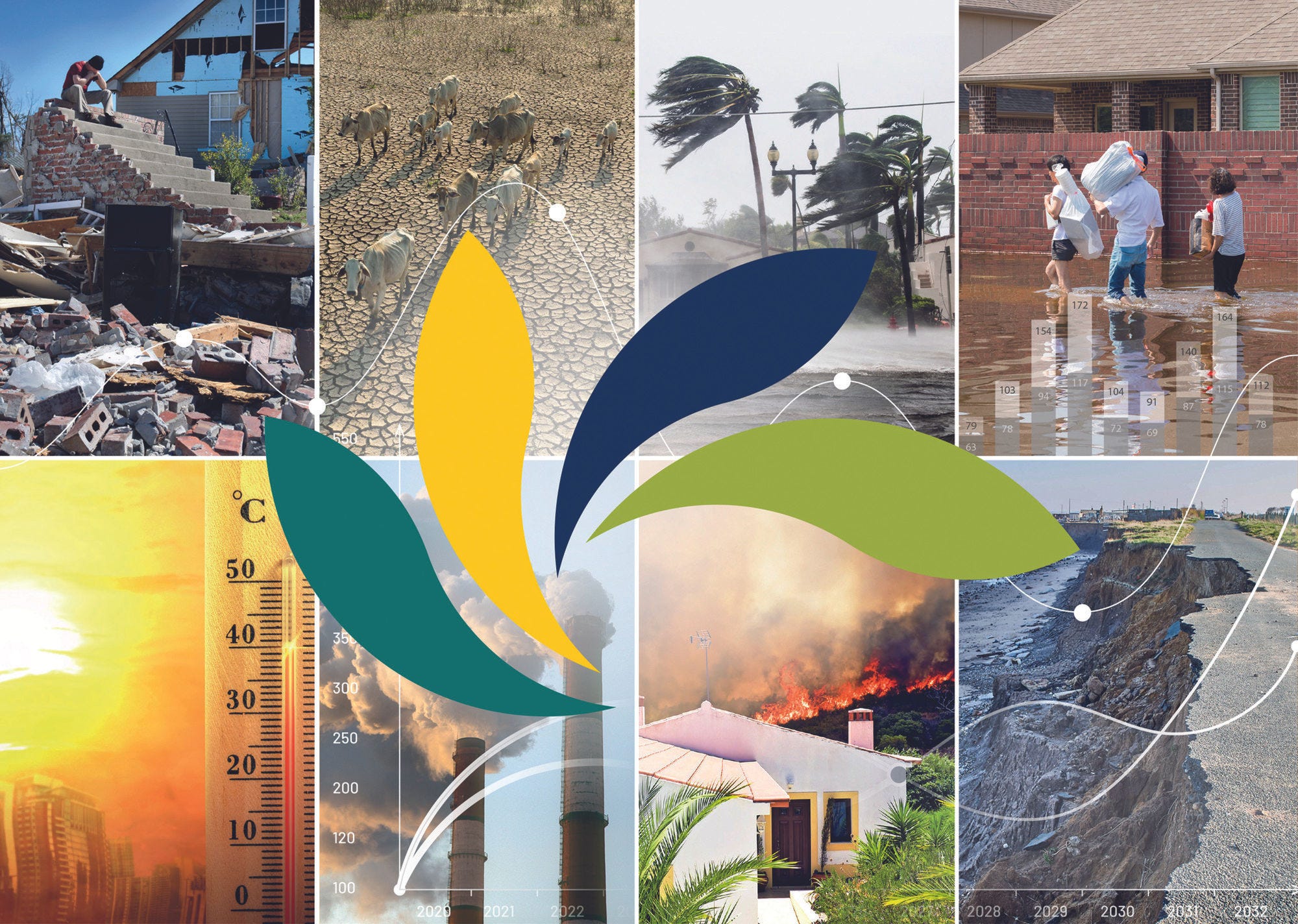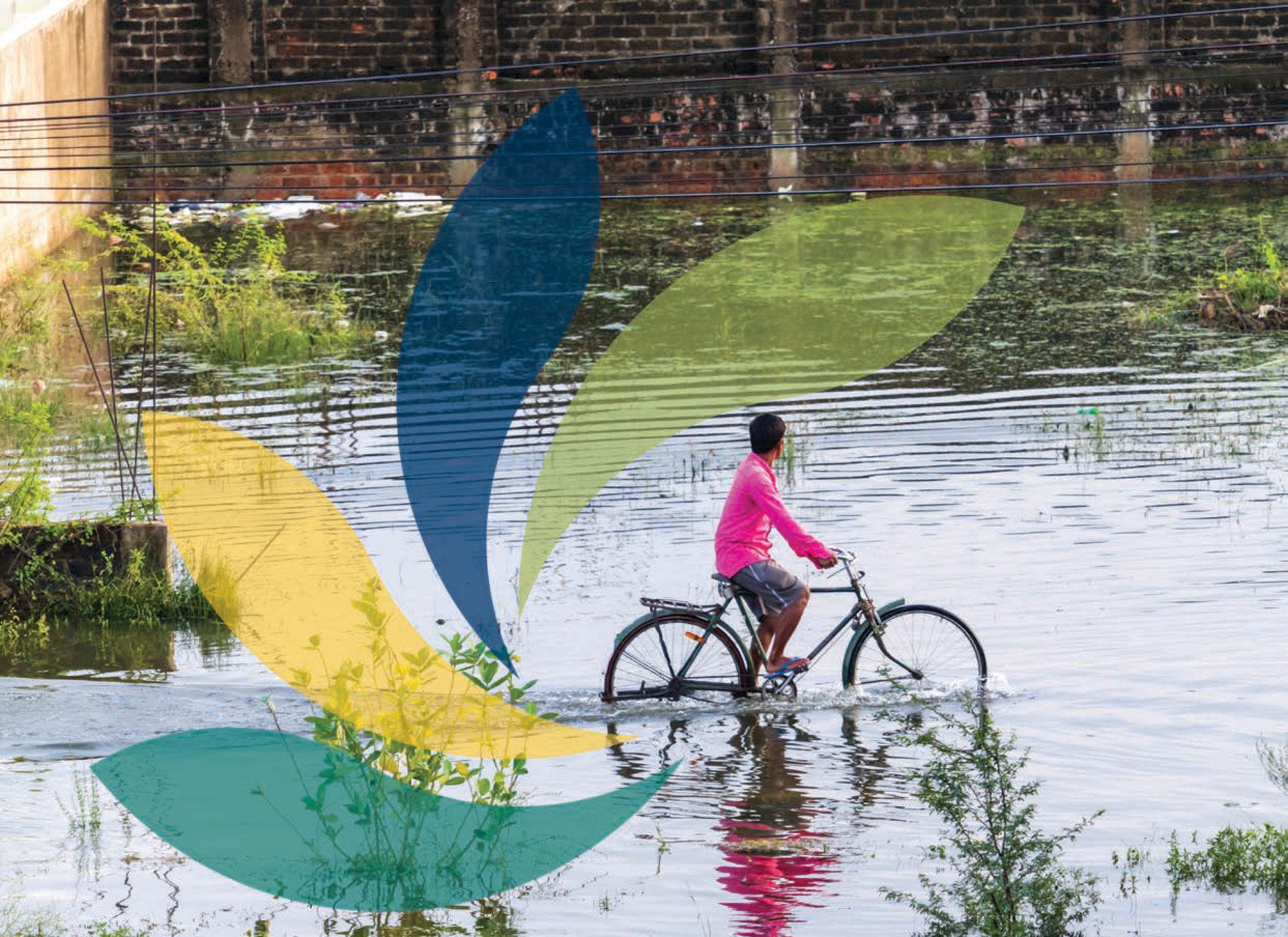The Climate Action Monitor, part of the International Programme for Action of Climate (IPAC), provides a diagnostic policy framework for assessing country progress towards climate objectives. Its goal is to provide a digest of progress towards, and alignment with, Paris Agreement goals to support countries in making better-informed decisions and allow stakeholders to measure improvements more accurately. Alongside the IPAC Dashboard, it complements and supports the UNFCCC and Paris Agreement monitoring frameworks by: 1) reviewing key trends and developments and highlighting areas for further analysis and policy action; 2) promoting greater harmonisation of key indicators; 3) showcasing examples of good climate mitigation and adaptation practices and results; and 4) strengthening transparency over climate policies.
The Annual Climate Action Monitor
Helping Countries Advance Towards Net Zero
The Climate Action Monitor











